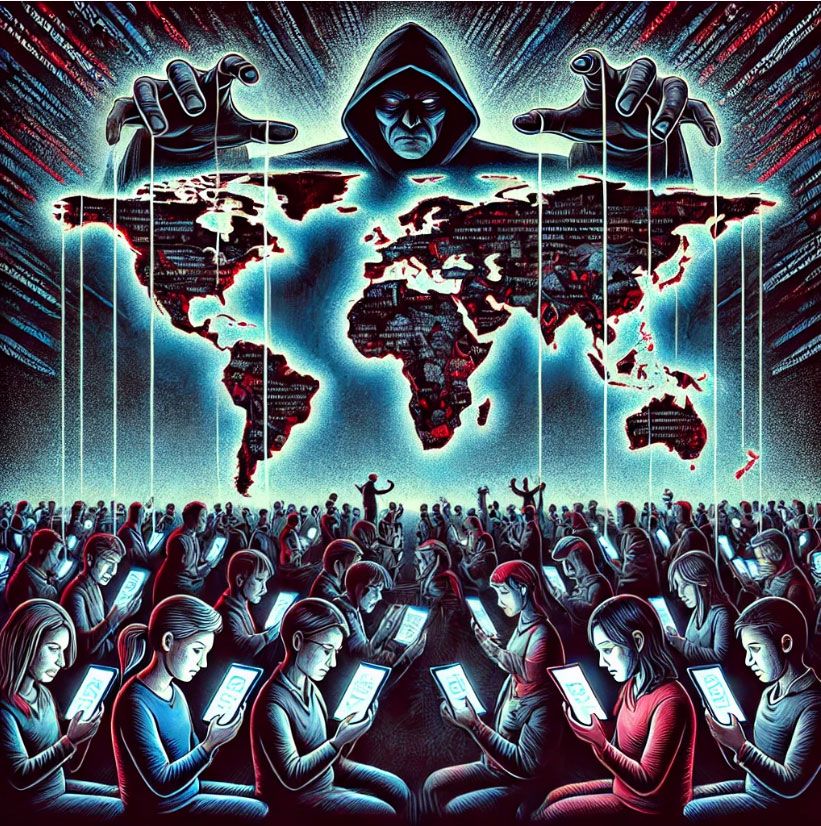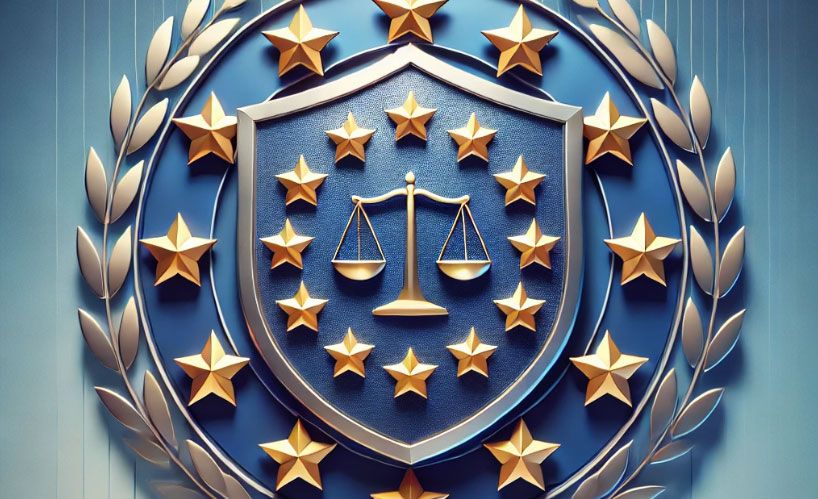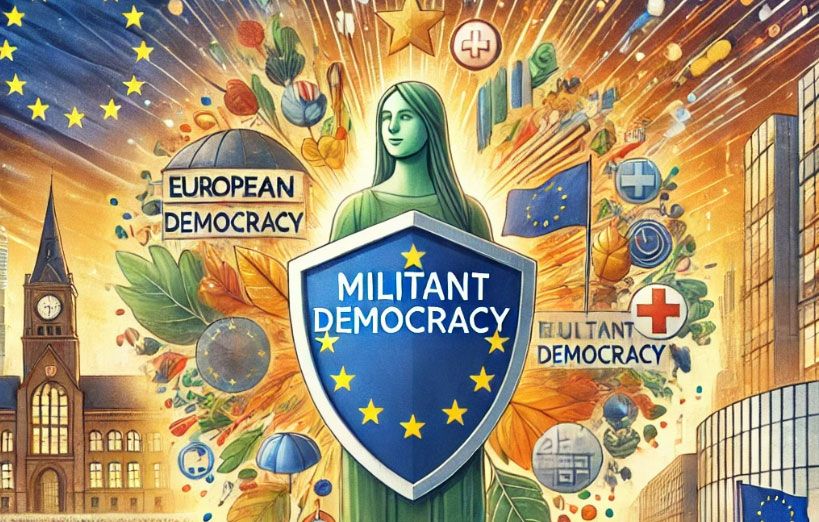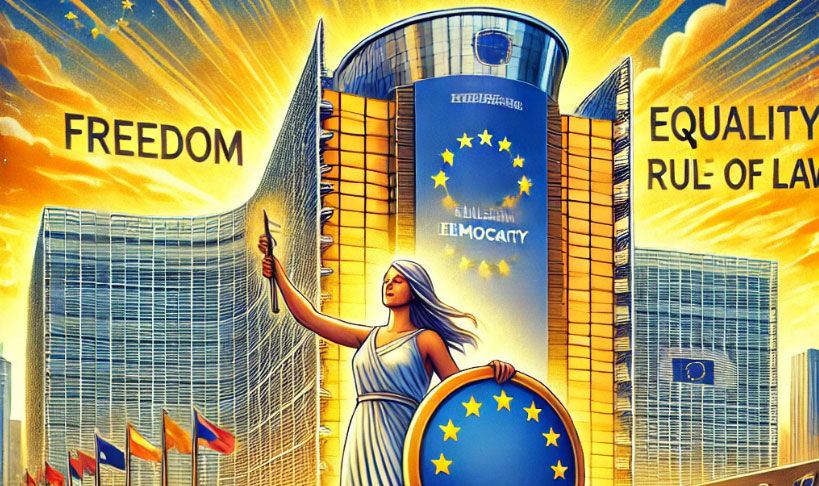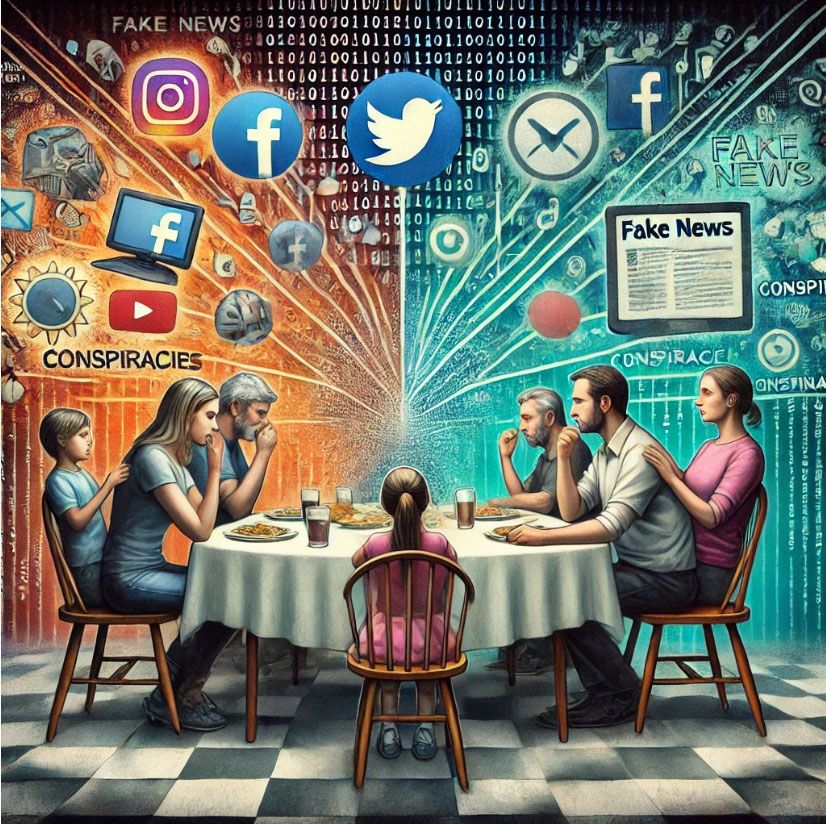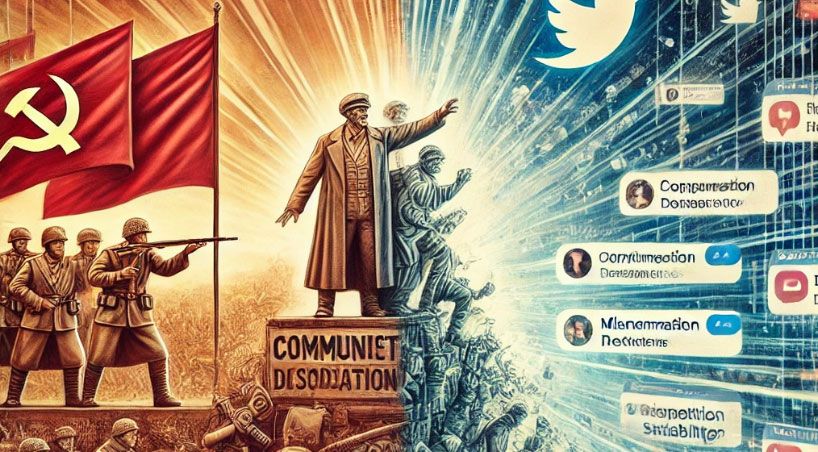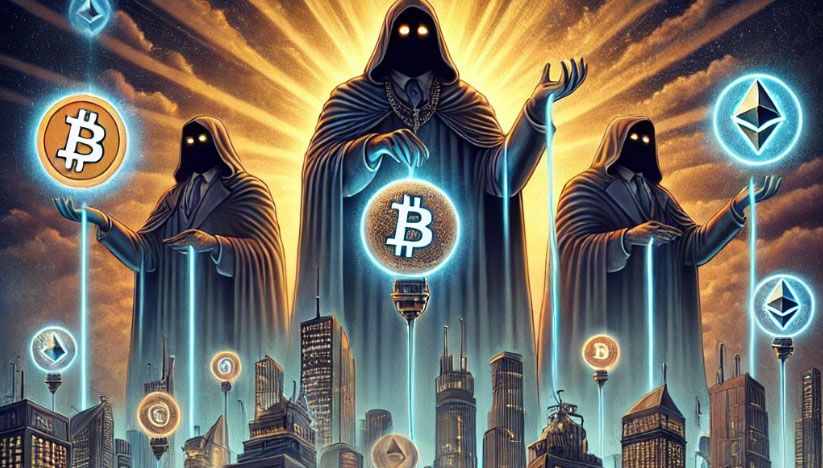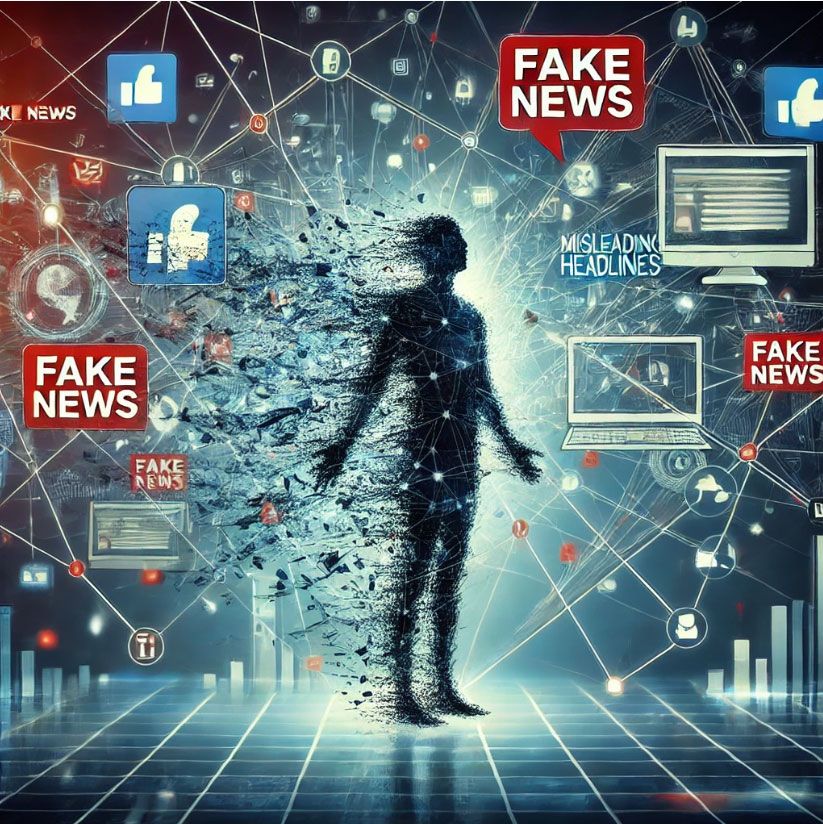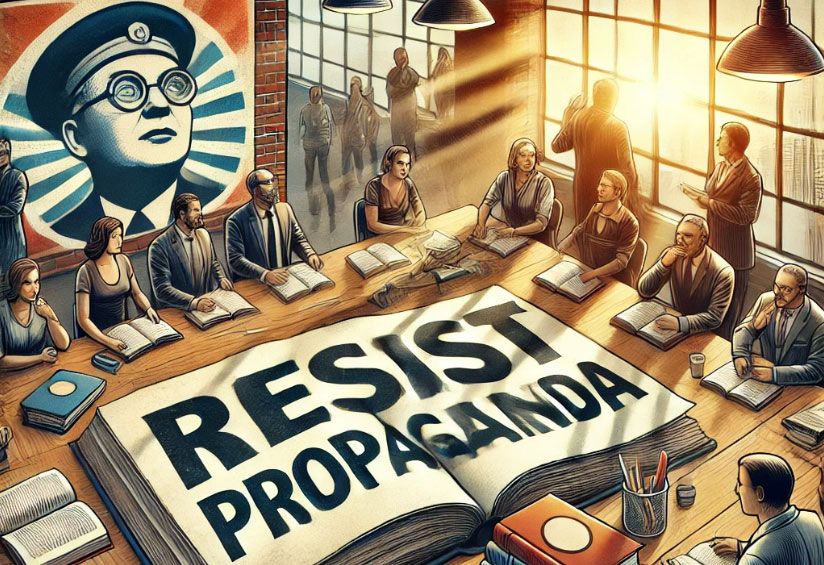1. Normalization of Inequality
Propaganda often portrays extreme wealth disparities as inevitable, beneficial, or even virtuous, discouraging systemic critique. By glorifying wealth and individual success stories, disinformation obscures systemic barriers and social inequities.
Example:
- Stories of “rags-to-riches” billionaires emphasize personal effort and innovation while ignoring inherited advantages, structural inequalities, and exploitative practices. For instance, narratives surrounding tech entrepreneurs like Jeff Bezos and Elon Musk often omit their access to substantial early funding and systemic advantages.
- Media outlets frequently frame wealth concentration as a sign of societal progress rather than a symptom of systemic imbalance.
Source: Piketty, Thomas. "Capital in the Twenty-First Century." Harvard University Press, 2014.
Impact:
- Disinformation diminishes support for redistributive policies by convincing individuals that inequality is natural or unavoidable.
- By shifting the focus to individual responsibility, systemic solutions such as wealth redistribution or corporate accountability are sidelined.
2. Erosion of Collective Action
Disinformation thrives on division, making it difficult for communities to unite and challenge systemic issues. By sowing mistrust and spreading misinformation, disinformation campaigns weaken grassroots movements and civic solidarity.
Example:
- Union-busting campaigns often use targeted disinformation to portray unions as corrupt, ineffective, or self-serving. For example, during Amazon workers' unionization efforts, social media campaigns amplified fears of job losses and corruption.
- Social media disinformation about activist movements, such as the Black Lives Matter movement, often fabricates internal disagreements, fostering fragmentation.
Source: Tufekci, Zeynep. "Twitter and Tear Gas: The Power and Fragility of Networked Protest." Yale University Press, 2017.
Impact:
- Disinformation fosters disillusionment, leading to apathy or disengagement from social and political activism.
- Communities become fractured, weakening their ability to resist systemic injustices and demand accountability.
3. Public Health and Climate Crises
Disinformation has a profound impact on public health and environmental policy, delaying necessary reforms and exacerbating crises. By exploiting uncertainties and spreading doubt, disinformation campaigns hinder societal responses to critical issues.
Example:
- Public Health: During the COVID-19 pandemic, false claims about vaccines being unsafe or experimental led to widespread vaccine hesitancy, resulting in preventable deaths and prolonged societal restrictions.
- Climate Change: Fossil fuel companies have financed campaigns to downplay the severity of climate change, such as misleading ads claiming renewable energy sources are insufficient or unreliable.
Source: Oreskes, Naomi, and Conway, Erik M. "Merchants of Doubt." Bloomsbury Press, 2010.
Impact:
- Delayed action on climate change and public health policies disproportionately harms vulnerable populations, exacerbating inequality.
- Public trust in science and expert institutions erodes, making coordinated responses to global challenges more difficult.
4. Costs Imposed on Civil Society
Disinformation imposes significant social and emotional costs, eroding the quality of life for individuals and the cohesion of communities. The resulting strain affects relationships, trust, and the fabric of civil society itself.
Example:
- Family Erosion: Conflicting beliefs driven by disinformation have caused rifts in families, as seen during the COVID-19 pandemic and political polarization in many countries. Stories of families divided over conspiracy theories, such as QAnon, have become increasingly common.
- Social Comfort: The spread of conspiracy theories and mistrust has eroded the sense of safety and comfort in social spaces. Communities that once thrived on mutual trust and cooperation increasingly experience fragmentation and isolation.
- Quality of Life: Disinformation-driven stress, fear, and uncertainty have measurable impacts on mental health, contributing to anxiety, depression, and a sense of helplessness.
Source: Pew Research Center. "The Future of Truth and Misinformation Online." 2017.
Impact:
- Trust in traditional social structures, including family, neighbors, and local communities, diminishes.
- Civil society becomes less resilient, as mutual support and shared values erode under the weight of conflicting narratives.
- The loss of social cohesion makes it more difficult to address shared challenges, further exacerbating systemic inequalities and public health issues.
5. Economic Costs of Disinformation
Beyond its social and psychological toll, disinformation imposes significant economic costs, destabilizing industries and draining resources.
Example:
- Healthcare systems worldwide bear the financial burden of treating preventable diseases exacerbated by vaccine hesitancy driven by disinformation.
- False claims about renewable energy delay investments, increasing reliance on expensive fossil fuels and heightening environmental degradation.
Impact:
- Lost productivity and increased healthcare costs strain national economies.
- Financial markets suffer from destabilization when disinformation is used to manipulate stock prices or market trends.
6. Emerging Technology Challenges
Technological advancements like artificial intelligence (AI) and blockchain offer both new tools and challenges in the fight against disinformation.
Threats:
- Deepfakes: AI-generated videos that appear authentic but depict false events are increasingly used to undermine trust in visual evidence.
- Chatbots: Automated programs can flood social media platforms with coordinated disinformation, amplifying false narratives.
Opportunities:
- Blockchain Verification: Initiatives like the Content Authenticity Initiative (CAI) provide systems to verify the origin of digital content, reducing the spread of manipulated media.
Source: Content Authenticity Initiative. "CAI Projects and News."
Conclusion: Turning Awareness into Action
The psychological, societal, and economic impacts of disinformation are profound, touching every aspect of individual and communal life. Inequality becomes normalized, collective action falters, and public health and social cohesion deteriorate. Yet, understanding these impacts is the first step toward countering them.
To combat the pervasive influence of disinformation, we must:
- Promote Media Literacy: Empower individuals with critical thinking skills and tools to recognize disinformation and make informed decisions. Initiatives like Finland’s media literacy programs offer a global model for success.
- Demand Policy Change: Advocate for robust policies that hold those spreading disinformation accountable and strengthen regulations for transparency in media and technology platforms. Supporting efforts like the European Union’s Digital Services Act can create tangible change.
- Foster Collective Unity: Support grassroots movements and community initiatives that unite people around shared goals, resisting efforts to divide and demoralize. Organizations like NAFO show how digital activism can counter disinformation effectively.
- Rebuild Trust: Enhance the credibility of scientific and civic institutions through greater transparency, inclusivity, and public engagement.
- Embrace Technology Thoughtfully: Encourage the development and use of technologies like blockchain to counter disinformation while remaining vigilant about emerging threats like deepfakes.
Disinformation is a global challenge that requires a united response. International cooperation, combined with individual and community action, can mitigate its harms.
By taking steps to educate, advocate, and organize, we can preserve the integrity of civil society and create a more equitable, resilient future.
Every effort counts—and the time to act is now.


